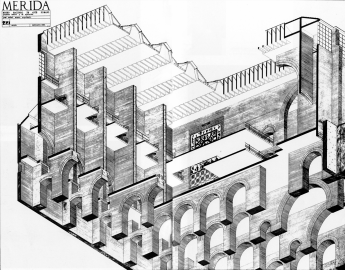National Museum of Roman Art
The project began as the need for a retaining wall for a street –José Ramón Mélida– endangered by the work of the archaeologists, who had excavated an entire block and found what they expected: aqueducts, peristyles of Roman houses, foundations of Renaissance patios, cisterns, drainage channels and even the remains of a Paleo-Christian church.
Building on what has been built, building on land densely occupied by ruins, is the task entrusted to the work. The direct, immediate and obvious allusion to Roman civilization seemed little less than inevitable when building a museum on that site. Using the same means of construction, using the same techniques, always seemed the most respectful way of coexisting with the existing ruins. Faced with the dilemma of replicating and insisting on the orientations defined by the Roman constructions or recognizing the traces of contemporary Mérida, it was the latter –the guidelines perpendicular to the aforementioned José Ramón Mélida street– that prevailed. The new museum came to be the recovery of the lost continuity between the Roman Mérida and the Mérida of our days: the new museum, therefore, as the most recent episode of what had been the history of that place. Which was as much as telling the entire history of the city, the history of Mérida, not just Roman Mérida. But the use of quasi-Roman means of construction does not exclude that the architectural mechanisms are contemporary, thus producing the counterpoint in which, in our opinion, lies the attraction of the museum.
-
-

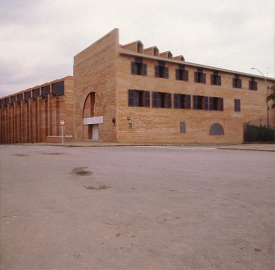
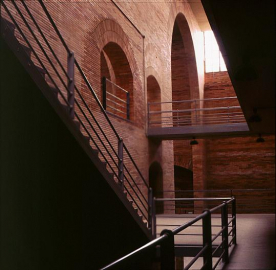

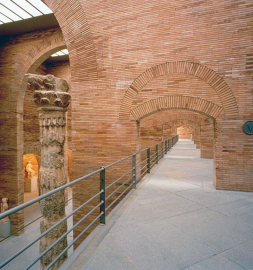
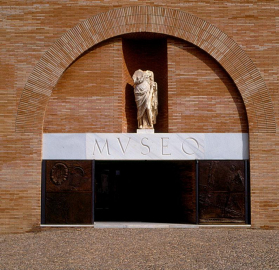
.jpg)

